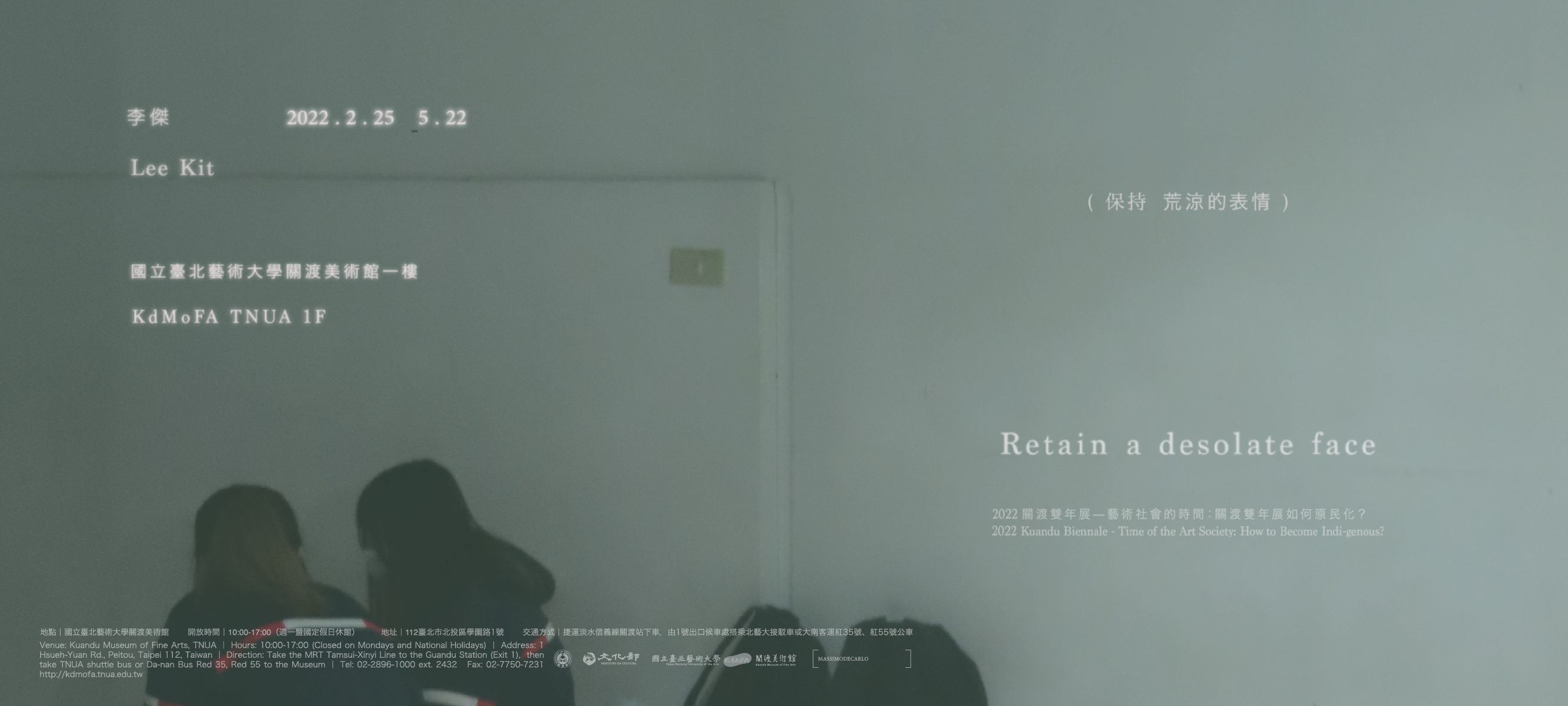Lee Kit was born in Hong Kong in 1978. He graduated from the Department of Fine Arts of the Chinese University of Hong Kong in 2003; he currently lives and works in Taipei. Lee Kit meticulously utilizes the site-specific dimensions to actualize affections within the physical space. His early works are primarily hand-painted fabrics. Lee Kit’s practice has since expanded to include a wider range of mediums, such as light, sound, and daily objects to bring out the embedded political tension, melancholy, fury, and stillness, of which he also uses video projection and textual dialogue to capture, consolidate, and strengthen the nuances in the creation process.
Lee Kit’s recent solo exhibitions were held at West Den Haag, The Hague, The Netherland (2021), Oi! Street Art Space, Hong Kong (2021), ArtSonje Centre, Seoul, Korea (2019), Hara Museum, Tokyo, Japan (2018), Casa Masaccio, San Giovanni Valdarno, Italy (2018), OCAT, Shenzhen, China (2018), TheCube Project Space, Taipei, Taiwan (2017), S.M.A.K., Ghent, Belgium (2016), Walker Art Centre, Minneapolis, U.S., (2016), The 55th Venice Beinnale, Italy (2013), etc.; Recent selected group exhibition were held at C-Lab, Taipei, Taiwan (2020), Honolulu Biennial, Hawaii (2019), Lyon Biennial, France (2019), Para Site Art Space, Hong Kong (2019), Rockbund Art Museum, Shanghai, China (2019), Palais de Tokyo, Paris, France (2017), Kathmandu Triennial, Nepal (2017), etc.
